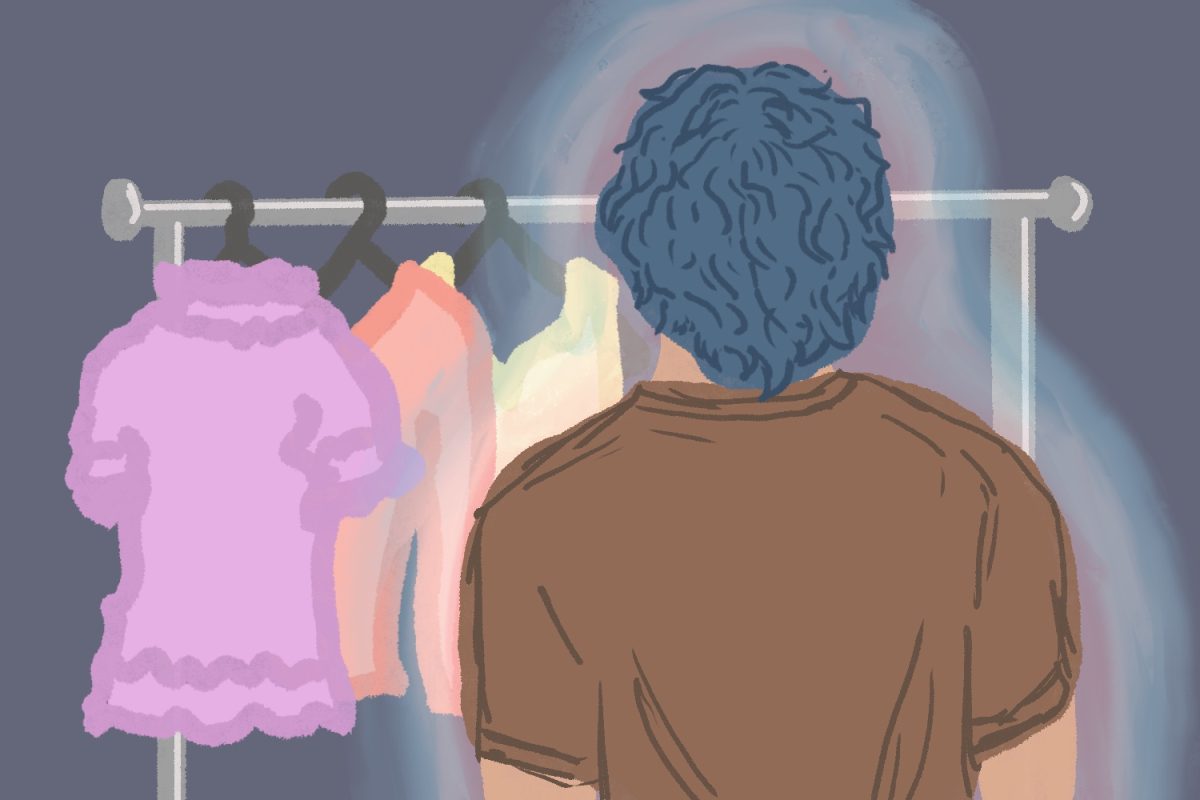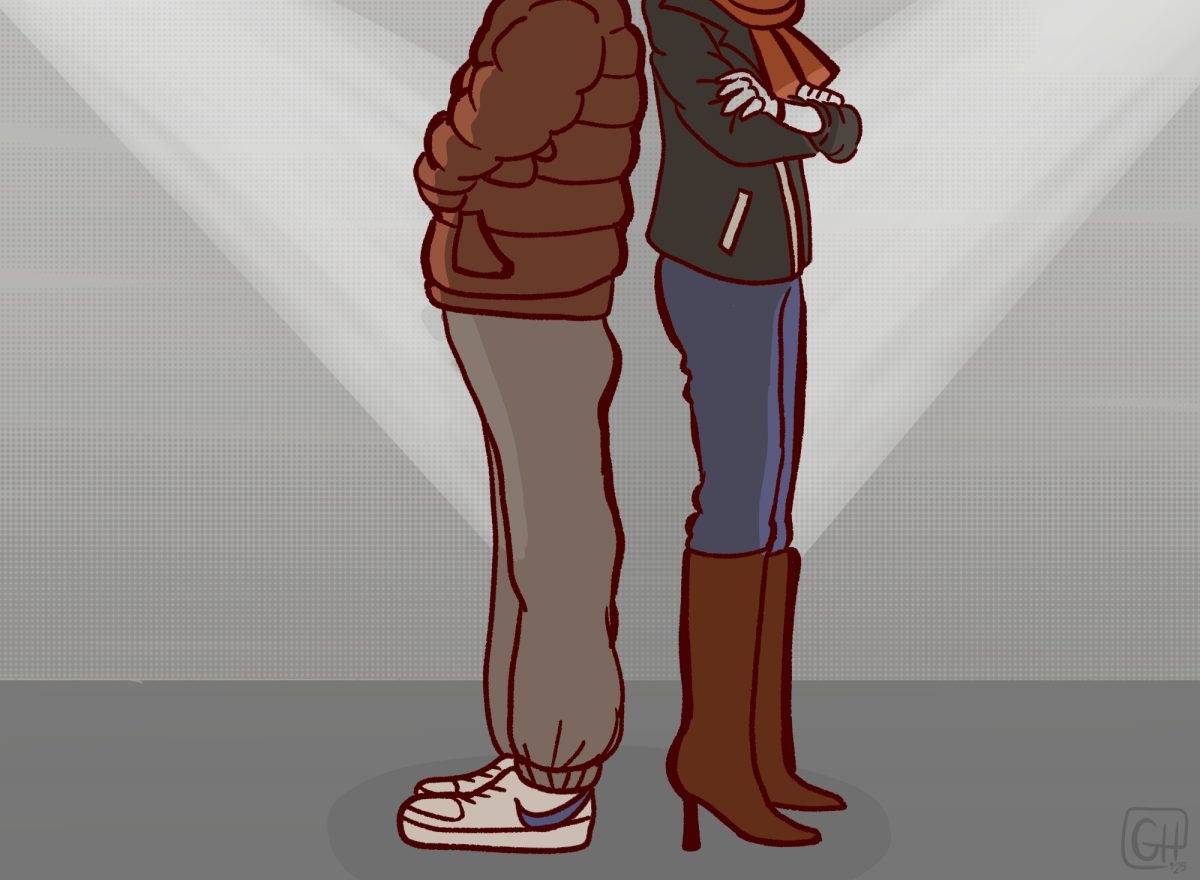Whenever I sit down to enjoy a horror movie and end up with shivers down my spine, popcorn flying and my heart racing like I just ran a marathon, I think to myself: Who comes up with this stuff, and why do we love it so? With Halloween approaching, grab your comfort blanket, prepare to cover your eyes and get ready to scream, because horror films have a long and chilling history that will leave you completely spellbound.

Horror was born in shadows, special effects and silence. Back in the 1890s as cinema itself was emerging, filmmakers started to venture into the dark unknown and experiment with creating fear without sound. The first filmmaker of horror was George Méliès, pioneer of special effects and among the first to film fictional narratives. His three-minute-long “Le Manoir du Diable,” translating to “The House of the Devil,” featured animated skeletons, ghosts, bats and an incarnation of the Devil. While intended to be more fantasy than horror, this was the first film to focus on the supernatural.
More well-known silent horror films such as “The Cabinet of Dr. Caligari” in 1920 and “Nosferatu” in 1922 relied on eerie visuals, extreme lighting and haunting set designs to draw audiences into a world where reality and nightmares collided. This era marked the genre’s first steps into exploring humanity’s deepest fears. In the absence of dialogue, filmmakers mastered the art of silent terror, setting the stage for the horror of today.
As the world reeled from the hardships of the Great Depression and the looming threat of war, a different kind of darkness began to dominate the silver screens: monsters. The 1920s and ‘30s, known as “The Golden Age of Horror,” introduced audiences to films with iconic characters that have become go-to Halloween costumes: “Dracula,” “Frankenstein” and “The Mummy.”
Following the detonation of the first nuclear weapon, the world entered the Atomic Age. Horror films became a mirror for society’s fears of nuclear devastation and scientific advancements. In the 1950s emerged a new wave of horror films, in which radioactive monsters, eerie mutations and invasions echoed real-world anxieties about nuclear fallout and foreign threats. Atomic Age classics include “Godzilla” in 1954, “The Incredible Shrinking Man” in 1957 and “The War of the Worlds” in 1953.
The 1970s brought an almost cultural obsession with religious evil and possession, as seen in cult classic films such as “The Exorcist” and “The Omen.” The horror film genre then took a sharp turn from supernatural scares to the horrors that lurked close to home. This pivot brought audiences unforgettable villains who crept into the assumed safety of suburbia and still bleed into nightmares, including Michael Myers in “Halloween” and Freddy Krueger in “A Nightmare on Elm Street.”
Digging into personal fears like violence and family troubles, horror shifted from haunted houses to nightmares occurring right outside our doors. This era paved the way for the slasher trope, as seen in the 1974 movie “The Texas Chain Saw Massacre.” These films redefined terror, shifting from otherworldly monsters to monstrous humans. They were exemplified best by author Stephen King, whose film adaptations of “Carrie” in 1976 and “The Shining” in 1980 helped define him as the “King of Horror.” King set a new standard and inspired films that blend psychological intensity with supernatural horror.
In the 1990s and 2000s, horror became more innovative with the advent of computers and the internet. “The Blair Witch Project” in 1999 and “Paranormal Activity” in 2007 made audiences question whether the horrors on screen could actually happen — thanks to the found footage setup. This era made fear feel real and intimate by pulling audiences in with stories that felt believable and would haunt them long after the credits rolled.
In the 2010s, psychological depth and social commentary became central to the genre. Directors like Jordan Peele with “Get Out” in 2017, “Us” in 2019 and “Nope” in 2022, and Ari Aster with “Hereditary” in 2018 and “Midsommar” in 2019, crafted films that were not only terrifying, but also critically acclaimed for their exploration of societal issues and the complexities of human emotions. Horror was no longer classified by monsters and jump scares. It was a medium for tackling themes of race, family trauma and mental health by blending art-house style with mainstream appeal to become a thought-provoking and terrifying genre.
From the silent, shadow-filled beginnings of horror to today’s socially aware thrillers, the genre has evolved with us — it’s changing to reflect our fears, anxieties and curiosities. Horror isn’t just the adrenaline rush. It’s a journey into the darkest parts of ourselves, mirroring each generation’s fears. So, next time you’re hiding behind your hands during a horror movie, remember that you’re part of a long legacy of thrill-seekers who’ve embraced the fear and excitement that horror brings.












































































































